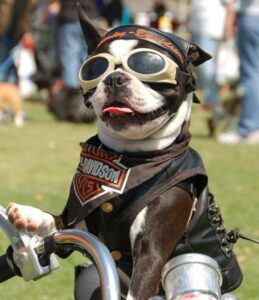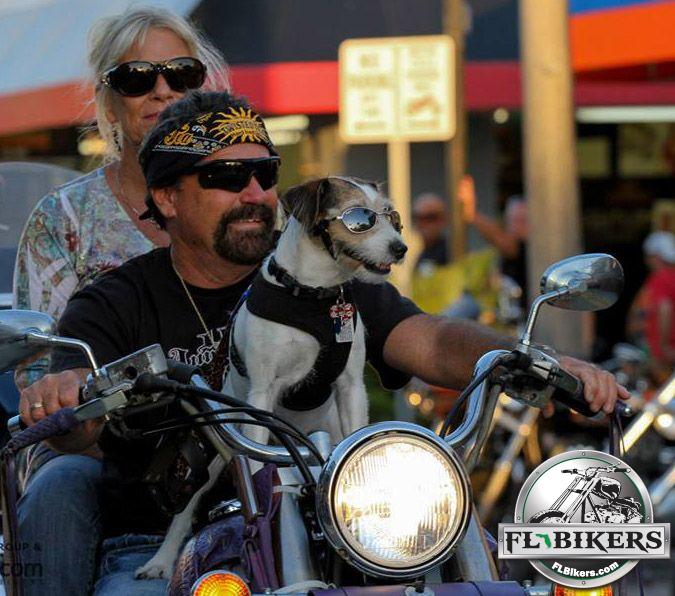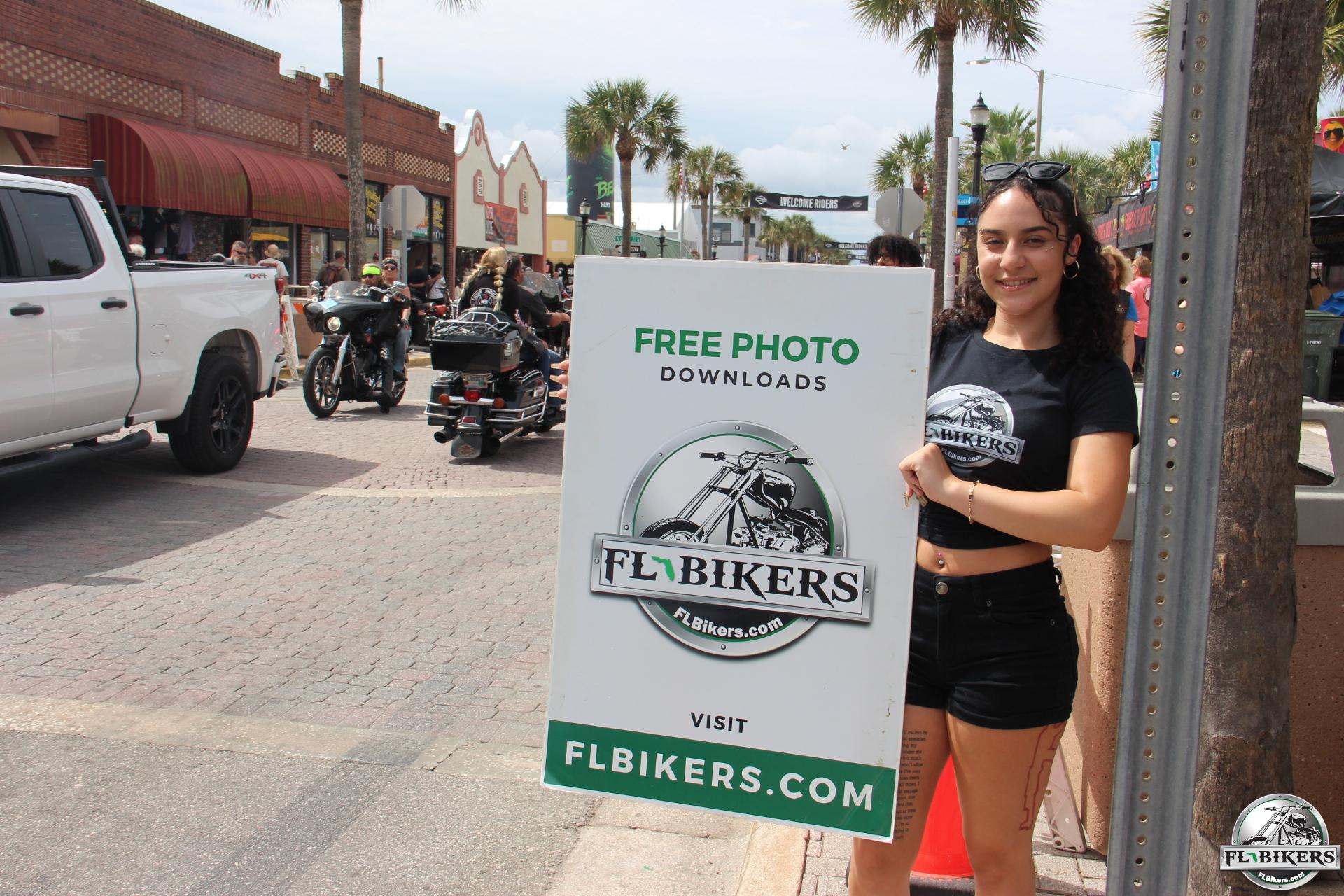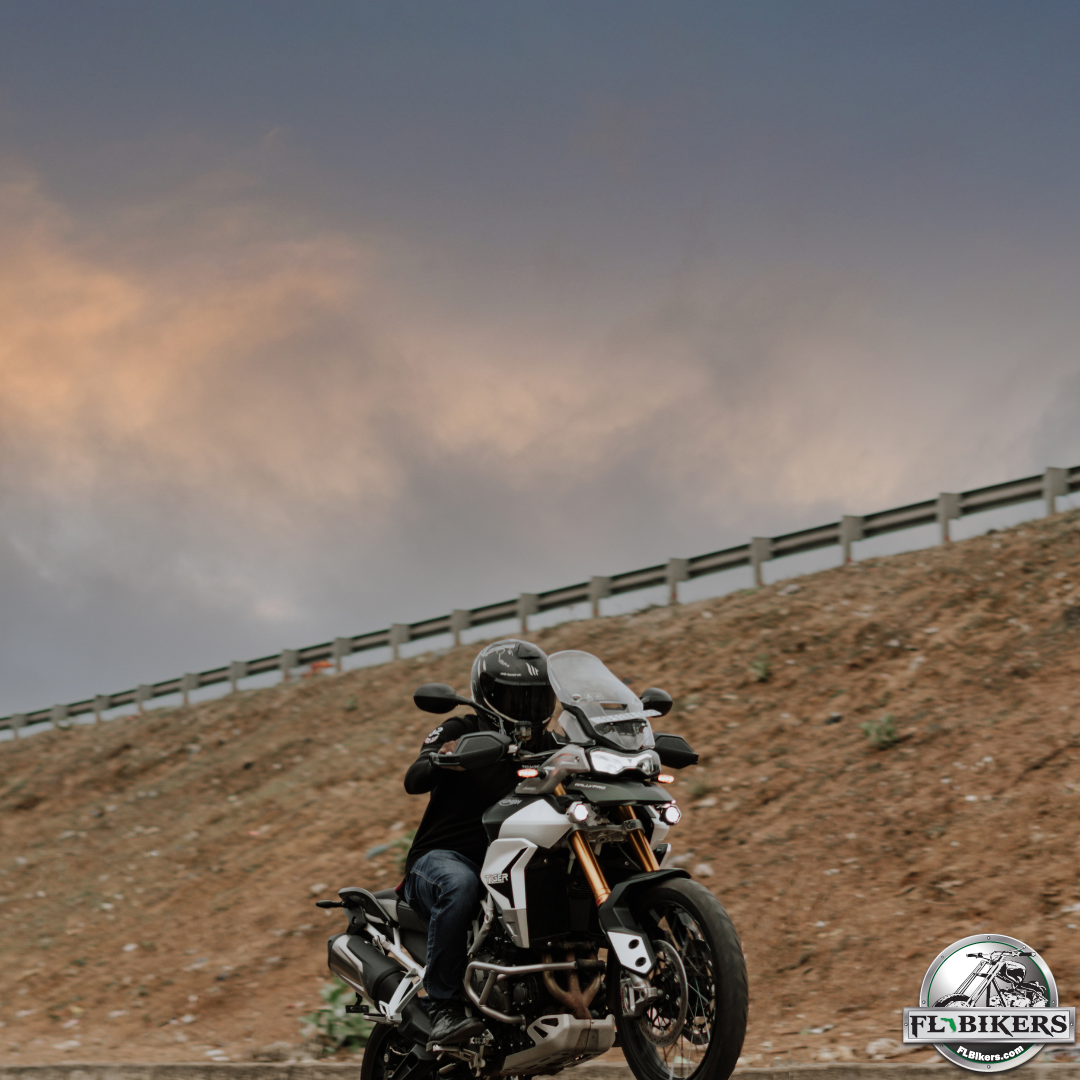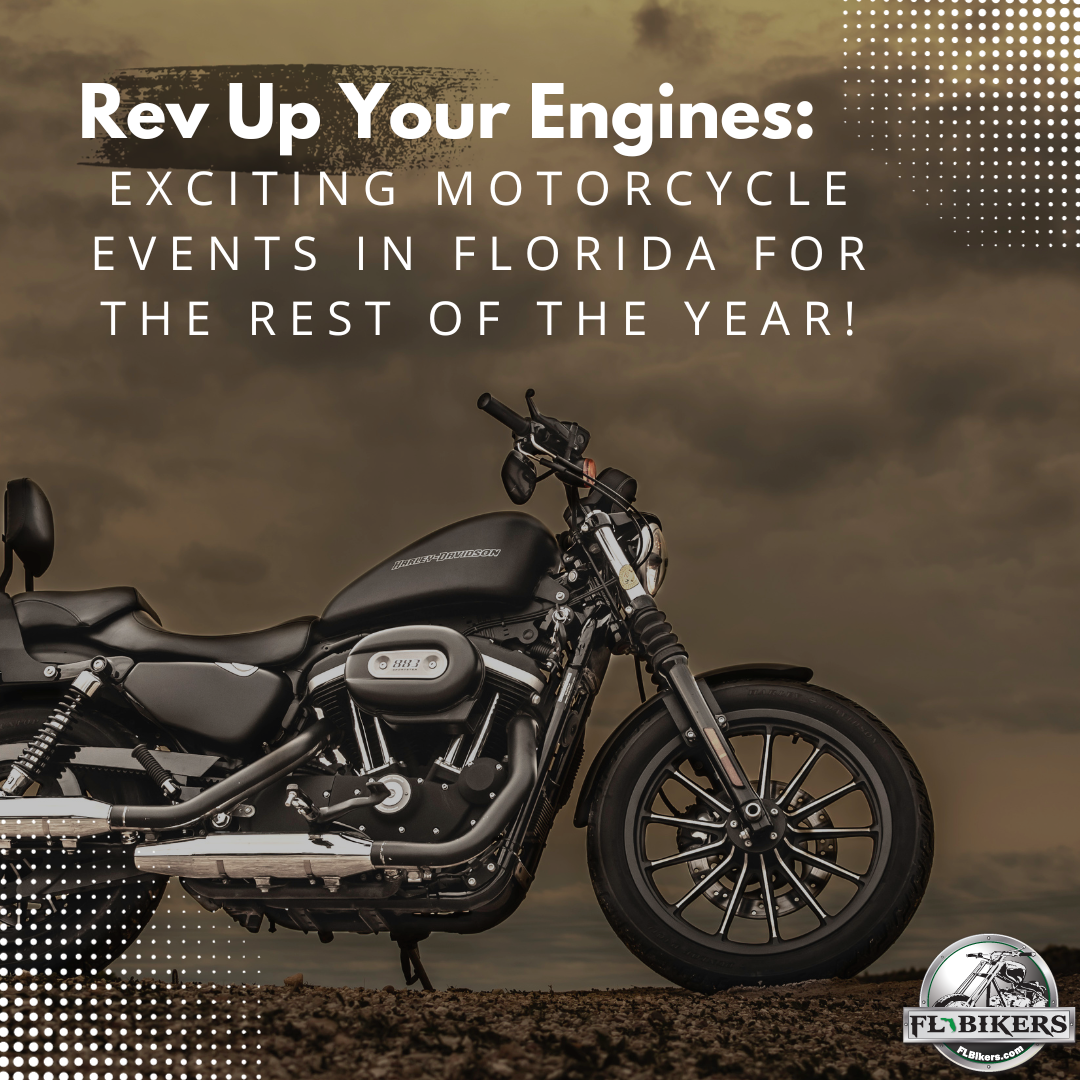Who wouldn’t want to take man’s best friend on the road? Dogs make great companions on long rides and, once you get them trained, they’ll love going for a ride almost as much (if not more) than you do! So what’s stopping you? If you’ve got a 4-legged friend, here’s everything you need to know about riding with your dog:
- Don’t get your hopes up
Not all dogs are going to make the best passengers on a bike, and yours may even hate getting on the motorcycle. You can follow every step below, and it still might not matter because your specific dog just doesn’t want to go for rides. If that’s the case you can do one of two things: force your dog to join you anyways, making both of you miserable and potentially putting yourself at risk or you can accept what is and move on (you can also buy another dog and hope this one likes to ride, but that’s a little bit more of a financial investment than you might have been prepared for). Just keep this in the back of your mind as you go through this process: not all dogs are made for riding motorcycles. - You’ve got to get your dog trained
Go online to read blogs or watch YouTube videos, hire a professional, ask your buddy, but do whatever you’ve got to do to get your dog trained. You don’t want your doggo jumping out of its carrier at a red light or itching to chase every squirrel and bike he’ll see from the comfort of your motorcycle. No matter how skilled or experienced you are, an excitable medium- or large-sized dog on a bike is a recipe for disaster.

- Find the right carrier for your dog
When it comes to finding the right carrier, 3 things matter above all else: safety, legality, and comfort. You want it to be the safest possible option, not just for you, but also for your dog. You want to make sure it’s street legal in your state. And, as much as possible, you want to make sure that it’s comfortable for your dog – taking into consideration how long you want the trips that the two of you take together to end up being. A dog can sit comfortably in one position for 30 minutes, but might need a little more wiggle room for trips over an hour.
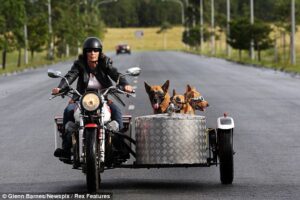 You also want to consider the size of your dog. If you have a smaller dog, a wearable carrier (such as a doggy backpack) might be a better option for the both of you. If your dog is larger, you’re going to need to attach a crate-style carrier to your bike. If you have a smaller dog you can also do a crate-style carrier, but you’ll want to make sure it’s secure enough so that your dog won’t go flying when you open up the throttle.
You also want to consider the size of your dog. If you have a smaller dog, a wearable carrier (such as a doggy backpack) might be a better option for the both of you. If your dog is larger, you’re going to need to attach a crate-style carrier to your bike. If you have a smaller dog you can also do a crate-style carrier, but you’ll want to make sure it’s secure enough so that your dog won’t go flying when you open up the throttle.
- Get your dog some safety gear
You don’t HAVE to go all out outfitting your dog with a tiny leather dog jacket and a mohawk-style helmet…. You absolutely can, but you don’t have to. Dog helmets are really just for show. There’s been no definitive proof that they’ll do anything to save your best friend should the worst happen. But that doesn’t mean that you don’t need any kind of safety gear for your four-legged pal. At the speeds you’ll be going, it’s worth investing in a pair of doggy goggles to protect his eyes. Sure, dogs stick their head out of car windows all the time, but they also have the option of pulling them right back in if they start to get uncomfortable or if their eyes get dry. On your motorcycle they don’t have that option, so keep as happy as you are on the bike and at least splurge on a pair of good goggles that won’t break and that aren’t uncomfortable for them to wear.
uncomfortable or if their eyes get dry. On your motorcycle they don’t have that option, so keep as happy as you are on the bike and at least splurge on a pair of good goggles that won’t break and that aren’t uncomfortable for them to wear.

Start slow
Even after you’ve trained your dog and found the perfect carrier, you’re going to want to take things slow. Start with a few short rides around the neighborhood, then work your way up to longer 15-20 minute rides. Get your dog used to different speeds and, if you eventually want to be riding with your dog on the freeway, go for shorter periods of time at first. Remember, you want your dog to be as comfortable on the bike as you are, so taking the time to build up their trust and comfortability is worth the investment in the long run.
